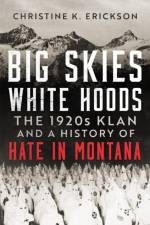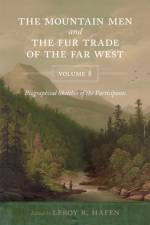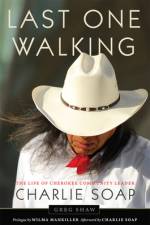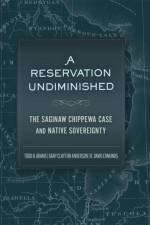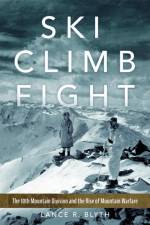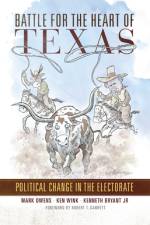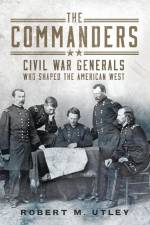- Political Change in the Electorate
av Mark Owens
511
Texas is a solid red state. Or trending purple. Or soon to be blue. One thing is certain: as Texas looms ever larger in national politics, the makeup of its electorate increasingly matters. At a critical moment, as migration, immigration, and a maturing populace alter the state's political landscape, this book presents a deeply researched, data-rich look at who Texas voters are, what they want, and what it might mean for the future of the Republican and Democratic parties, the state, and the nation. Battle for the Heart of Texas goes beyond the pronouncements of leaders and pundits to reveal voters' nuanced opinions--about the 2020 Democratic primary candidates, state and national Republicans' responses to the Covid-19 pandemic, and issues such as immigration and gun policy. Working with an unprecedented cache of polling figures and qualitative data from surveys and focus groups--the product of a cooperative effort between the Dallas Morning News and The University of Texas at Tyler--Mark Owens, Kenneth A. Wink, and Kenneth Bryant Jr. provide an in-depth examination of what is reshaping voter preferences across Texas, including the partisan impact of the urbanization and nationalization of state politics. Their analyses pinpoint the influence of race, media exposure, ideological diversity within the parties, and geographic variation across the state, detailing how Texas politics has changed over time. Race may not have typically defined Texas politics, for instance, but the authors find that rhetoric on policies related to race are now shaping the electorate. The diversity in civic engagement among the Latino community also emerges from the data, compounded and complicated by the growth of the Latino population of voting age. The largest red state in the country, with the second-largest population, Texas is crucial to the way we think about political change in America--and this book amply and precisely equips us to understand the bellwether state's changing politics.





